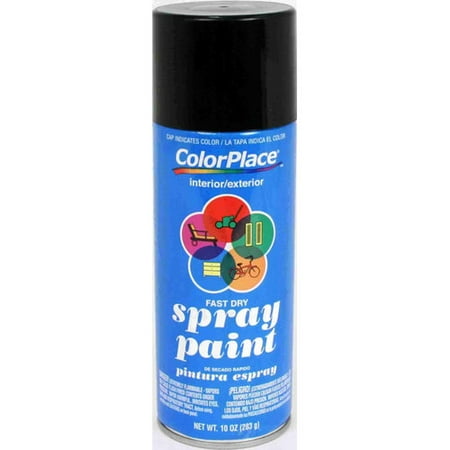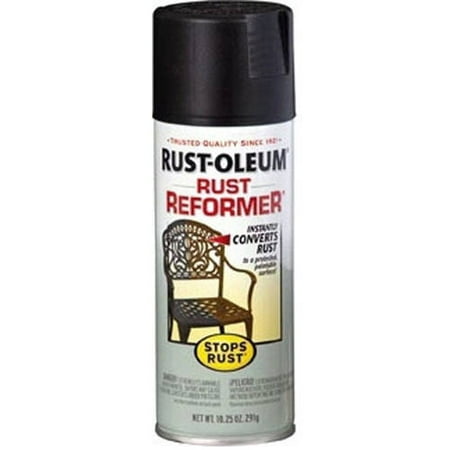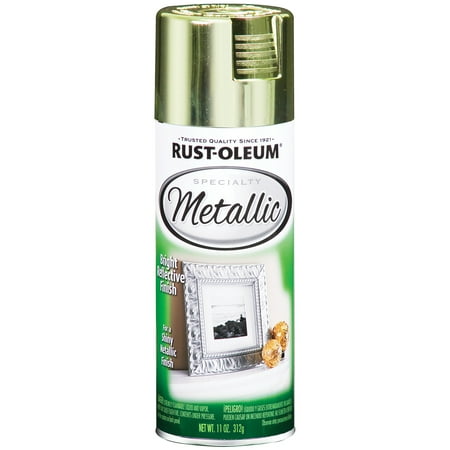Throughout Your Basil's Life...
First, and perhaps most importantly, you need to maintain a consistent basic maintenance schedule with your plant. This includes protecting it from pests and infections and making sure it has adequate nutrients. This starts from the day you plant your little seed into the pot and continues until the plant has finished producing.
1. Apply a multi-use organic topical treatment. I use one that treats for fungal infections (we live in a very wet humid climate, so this is necessary for our potted plants... it might not be necessary if your in a cooler less humid area or if your plants are kept indoors), insects (such as aphids and beetles), and bacterial infections. Beginning the treatment when the plant is young will help keep it from developing severe infestations and infections later.
2. Maintain topical treatment on a schedule. The multi-use treatment I use says it should be reapplied each month, so I mark on my calendar which day I need to re-treat.
3. Monitor your plant for signs of infection and manually remove infected leaves or insects as necessary. Make sure to remove the infected leaves COMPLETELY. Don't leave them in the soil to decompose as that could spread the infection elsewhere.
4. Fertilize on a schedule. I use an organic vegetable safe fertilizer on my edible plants. Follow the directions on the box/bottle so that you don't over fertilize (which can lead to plant death). I prefer the fertilizers that mix with water and you apply manually. I have found the pellet fertilizers that promise continual release over 3 months to be inadequate.
5. Fertilize the SOIL ONLY. Many fertilizers say that you can fertilize directly onto the leaves and fruit of a plant. I have found that to be bad advice for multiple reasons: first, it has the tendency to burn the leaves (very bad on basil!), second, it tends to lead to a "wet" plant which can encourage fungal growth, and third, remember your going to be eating these leaves so why would you want to add additional chemicals to something you eat?! Just keep the fertilizer off the leaves.
6. Fertilize on a schedule. You can't just fertilize once and forget it. You have to maintain a schedule of fertilizing. Think of it this way: you put food into your body every 4-6 hours so that you can be healthy and strong. Plants are the same. They need a consistent nutrients to grow healthy and strong also. The fertilizer I use must be applied once a week.
 |
| My brand new little Baby Basil seedlings about 3 weeks after planting them. |
Keep Your Basil In Bush Form...
The most critical part of growing Basil is keeping it in a small bush form. Basil that isn't pruned to keep a small bush form ends up growing tall and spindly and produces flowers long before you are able to fully utilize the delicious leaves. So here are my tips for keeping your basil pest free and in a small bush form:
1. Do NOT trim those big leaves. Unless they are infected in some way, leaves should not be individually trimmed. Not for consumption and not for aesthetic. Those big leaves are what provides the plant the ability to soak in sun and the plant needs them to thrive. If you cut off those great big leaves then you are denying the plant the parts it needs to continue to grow more leaves. This is just asking your plant to die.
2. Don't trim anything until your plant is more than 6" tall. I know, it's hard. You see those delicious leaves and you just can't wait to use them in a recipe! But you need to wait. Your plant isn't ready yet. Be patient. Typically, if you've bought your plant as a seedling from the store it will be mature enough to trim. But if your like me and plant from seed, it may take 5-6 weeks before your basil is ready for it's first trimming.
3. Trim the main stalk above the suckers. This is interesting and it took me YEARS to figure out. Unlike a tomato plant (which you need to trim the suckers off), the suckers on a basil plant are actually important for keeping your plant thriving. By timing off the main stalk just above the 2nd set of suckers you will be forcing the suckers to grow. This will turn them in to the main stalks. That's right, you'll go from one main stalk (grown straight from your seeds) to two main stalks (from your suckers). Remember, this should be about 6 inches up from the soil! Don't cut after the first set of suckers on the main stalk, skip to the 2nd set! See below:
4. Eat what you trimmed! That's right, this is the part you eat! Yey!! You finally get to eat some of your delicious basil!!! Here is what your plants should look like now:
 |
| Plants on the left have been trimmed, plants on the right are not tall enough to trim yet |
5. Be patient. Let the suckers grow. When the suckers begin to grow there will first be additional leaves, then the sucker stalk will shoot up and you will see new suckers beginning to grow off those stalks.
 |
| The suckers beginning to grow into their own stalks. |
 |
| Original Suckers have grown into stalks and now have suckers of their own |
7. Eat what you trimmed! That's right, you get to eat more basil!! Here is what your plants should look like now:
8. Keep Trimming the Stalks the grow from the suckers from your previous trims and eat what you've trimmed!
9. Basil Multiples. Here is the beautiful thing about basil. It multiplies. That means that by the time you've gotten to your 2nd or 3rd trimming session the plant has begun to make new shoots at the base of the plant! You can see new plants growing in the above picture.
10. Trim the new plants as you did the originals. Keep trimming the originals too. Eat what you trim. Eventually you will have more basil than you can eat!
Other Things To Keep In Mind...
1. Always trim with clean sheers and make sure the cut is clean (no jagged cuts!). Using clean sheers (see above pictures for what mine look like) and making sure cuts are clean will help protect your plant from infections.
2. Water BEFORE you trim. You never ever EVER want to water a plant AFTER you trim it. That encourages any bacteria, fungus, etc to get into the fresh wound. Not good. If you need to water your plant, make sure to do it before you trim.
3. Never water the Leaves. As I said above in reference to fertilizer, never water the leaves. Water the soil directly.
4. Water consistently. Your plant looks dry and is starting to wilt? You've waited too long to water it. Soil should be moist at all times. You should never turn the pot into a "swamp" by over watering or let the soil dry out (under-watering). This kind of "yo-yo watering" really hurts your plants ability to consistently absorb nutrients. Think of it this way: if the soil is dry then the plant can't get any nutrients, if the soil is over saturated then the plant's nutrients are significantly watered down. Neither scenario is good.
5. Give your Basil the RIGHT amount of sun. In my garden I have found that it's best to break up the sunning schedule. My basil gets 3 hours of morning sun and 3 hours of evening sun. If I let my basil sit in the sun during the heat of the afternoon sun the leaves end up scorching. Don't expect your basil that is growing in a shady spot to grow well. Don't expect your basil that spends all day in the sun to grow well. It's just plant preference ;)
Do you have any tips or tricks for growing awesome Basil? Please share your thoughts and opinions below!!












































